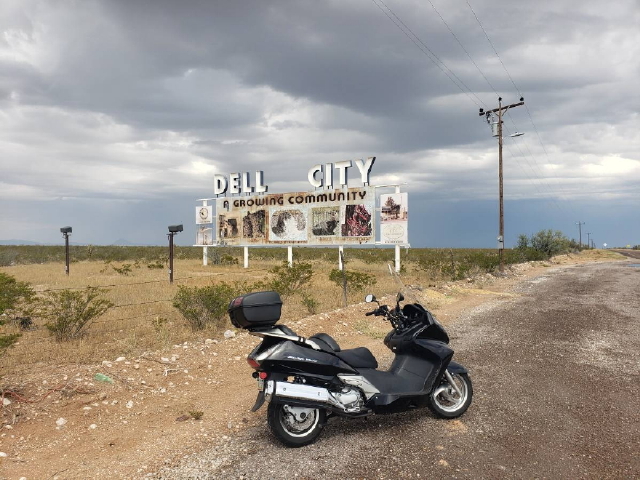Engines built during the previous century almost universally used inorganic acid technology (IAT) coolant/antifreeze. Most newer vehicles use either longer lasting organic-acid inhibitor (OAT) coolant or hybrid organic acid technology (HOAT) coolant that offers both the corrosion resistance of IAT and the long life of OAT. To reduce gunk formation and maximize coolant life, it is best to not mix IAT, OAT and/or HOAT coolants together.
IAT, OAT and HOAT coolants are all usually ethylene glycol-based, but they contain different additives. Coolant manufacturers' bottle labeling can be confusing if it includes a "Does NOT contain..." statement that could make it appear a traditional IAT coolant additive is inherently bad rather than just not the right additive (or quantity of additive) for that particular OAT or HOAT coolant. Reading "Does NOT contain..." could actually mean you should find a different coolant that "Does contain..." for your particular engine.
Does not contain...
Coolant that does not contain...
Here are the benefits and/or drawbacks for some of the most common coolant additives mentioned on the coolant/antifreeze bottle labels:
Amine: Amine was used to help prevent ferrous (iron) corrosion. In the '70s, it was found to react with nitrite, forming a carcinogenic substance, nitrosamine. Amine is no longer used in automotive coolant and "Does NOT contain Amine" is true even when unsaid.
Borate: Borates have long been used to reduce acidity (pH) in IAT coolants. It is not compatible with some OAT and HOAT coolants that must maintain a different pH.
Nitrite: Nitrite is used in coolant for heavy duty diesel and other engines to help prevent corrosion and pitting caused by cavitation (foaming bubbles). Nitrites oxidize aluminum and are generally not compatible with aluminum engines and cooling systems. Some coolants include both nitrites and additional additives that protect aluminum from oxidation.
Phosphate: Phosphate is used to prevent corrosion in many IAT coolants. It coats metal preventing corrosion, but that coating can eventually flake off or form layers of scale, clogging the cooling system passages. Therefore, IAT coolants must typically be changed more frequently. Scale formation is a bigger problem if hard-water rather than distilled water is mixed with the coolant. Europe has lots of hard-water (and apparently little distilled water) so phosphate containing coolants are not used in most European brand vehicles. On the other hand, Asian vehicle manufacturers actually prefer coolant with phosphates and HOAT coolants designed for Asian brand vehicles usually include some phosphate.
Silicate: Silicate is used in IAT coolants for corrosion protection, especially for aluminum. Asian vehicle manufacturers decided silicates are bad for water pump seals and reduce heat transfer. Therefore, coolants for most newer Asian brand vehicles do not contain silicates. On the other hand, European vehicle manufacturers think silicates are great for protecting aluminum from corrosion and HOAT coolants for European brand vehicles usually include silicates.
So, in summary, HOAT coolants may contain nitrate, phosphate and/or silicate depending on what engines the coolant was designed for (Asian brand engines get phosphate, European brand engines get silicate). OAT coolants, such as Dex-Cool for GM vehicles, and coolants claiming they work in "all makes, all models, all colors" might not use any of the above additives, but instead rely on acid salt molecule coating and/or proprietary additives to prevent corrosion.
